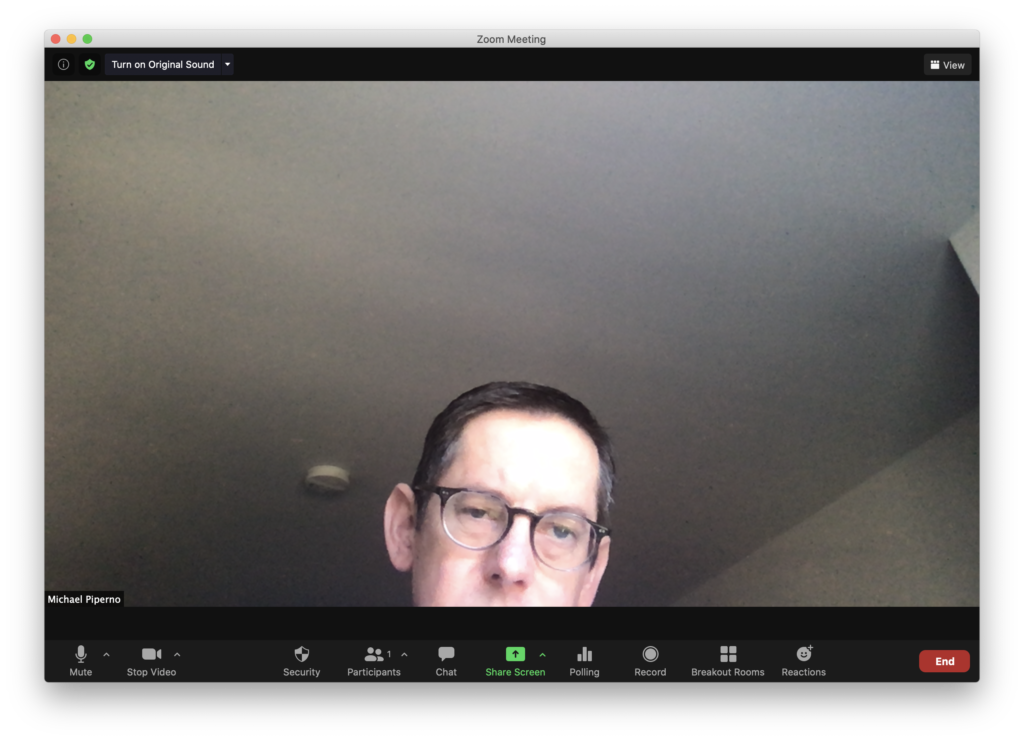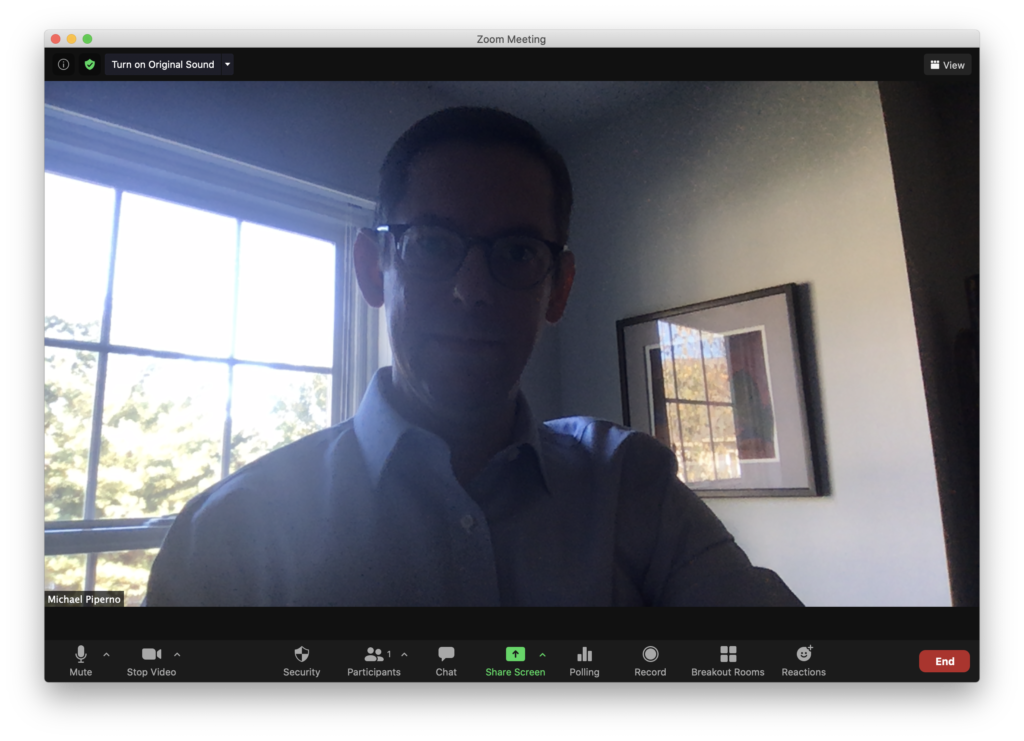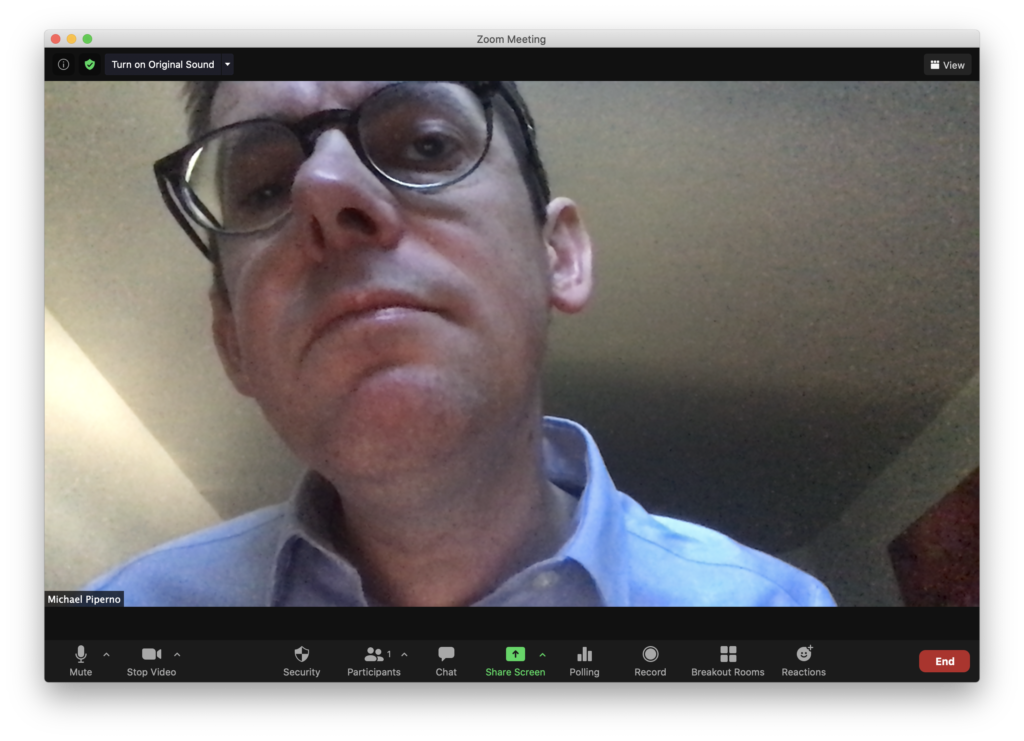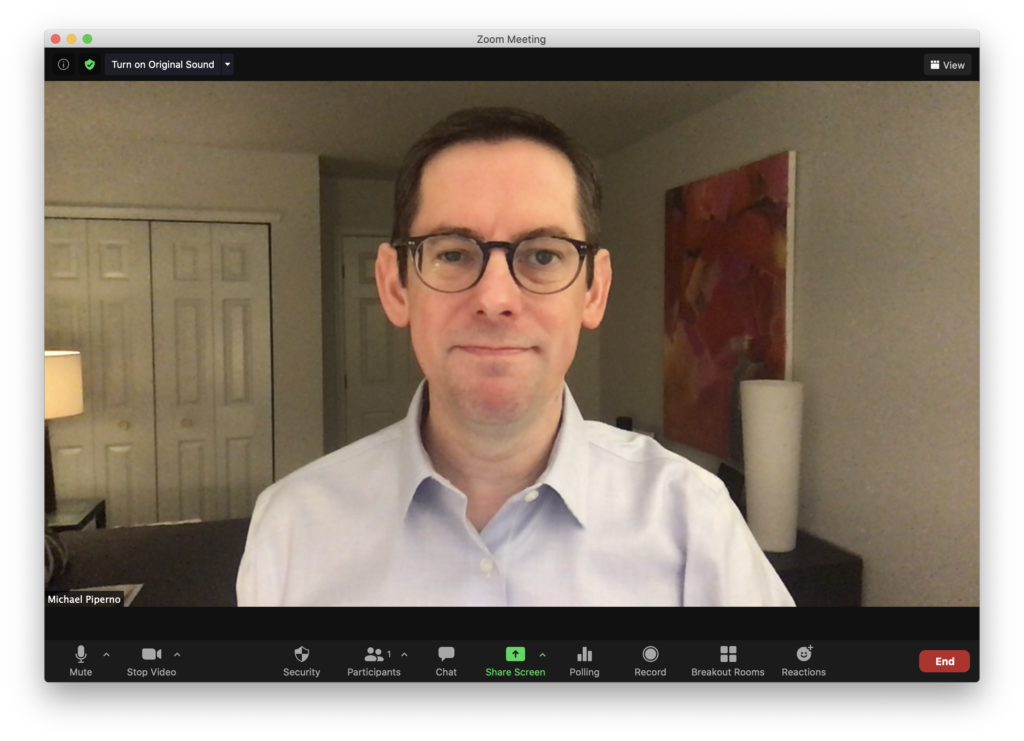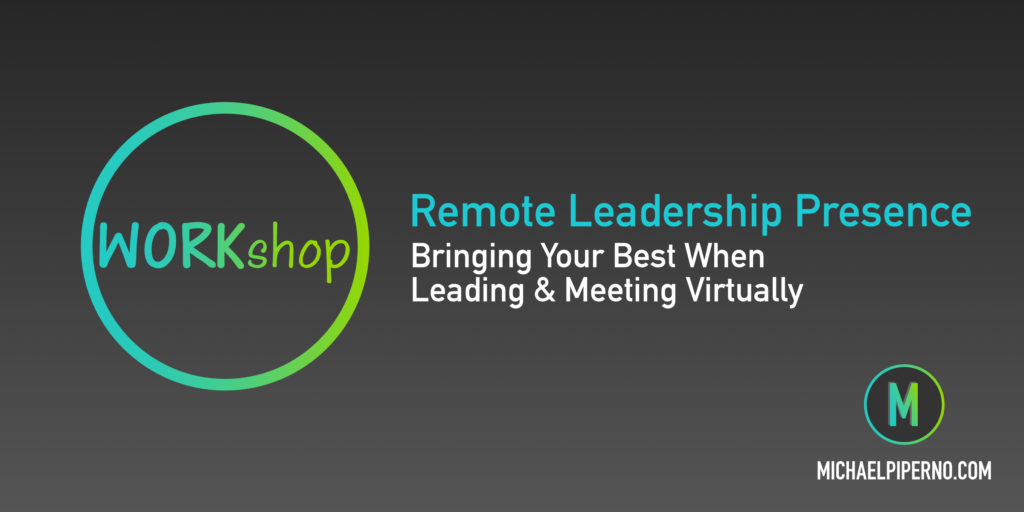Many people confuse these two terms, so here is my attempt to give some clarity.
Personal Brand
Your personal brand is how you market yourself — internally within your organization, or externally to prospects and clients. When you have established a strong personal brand, you are able to confidently and clearly communicate your passions, value, and unique qualities to others.
A personal brand establishes or clarifies your abilities and capabilities clearly in the minds of others.
Executive Presence
Executive presence is what makes you a leader that others want to follow. It’s a culmination of character, attitudes, and behaviors that clearly demonstrates your commitment to your beliefs and values, and to the development and success of others.
Executive presence ensures you look, sound, and act like a leader in the eyes and minds of those you lead.
Perception Management is Different from Manipulation
Both of these terms involve managing perceptions. But don’t think of either of them as manipulation. Sure, there are bad leaders who are good at acting like good leaders, and there are ruthless political schemers who inappropriately bulldoze others in pursuit of their own selfish objectives. That’s not what we’re talking about here.
Think of it more as knowing yourself so well — your passions, what you value, the value you bring to others, and your authentic purpose — that you are able to operate in a way that will clearly communicate and connect with others.
Just remember that a leadership title does not automatically give you executive presence. You need to do the work to clarify your purpose, and to act and behave in ways that make you credible, trustworthy, and inspirational.
Similarly, experience in your field or past successes and achievements don’t magically create a personal brand that others will see. It’s your job to tell others. And you can do it in a way that is true and authentic to you.




